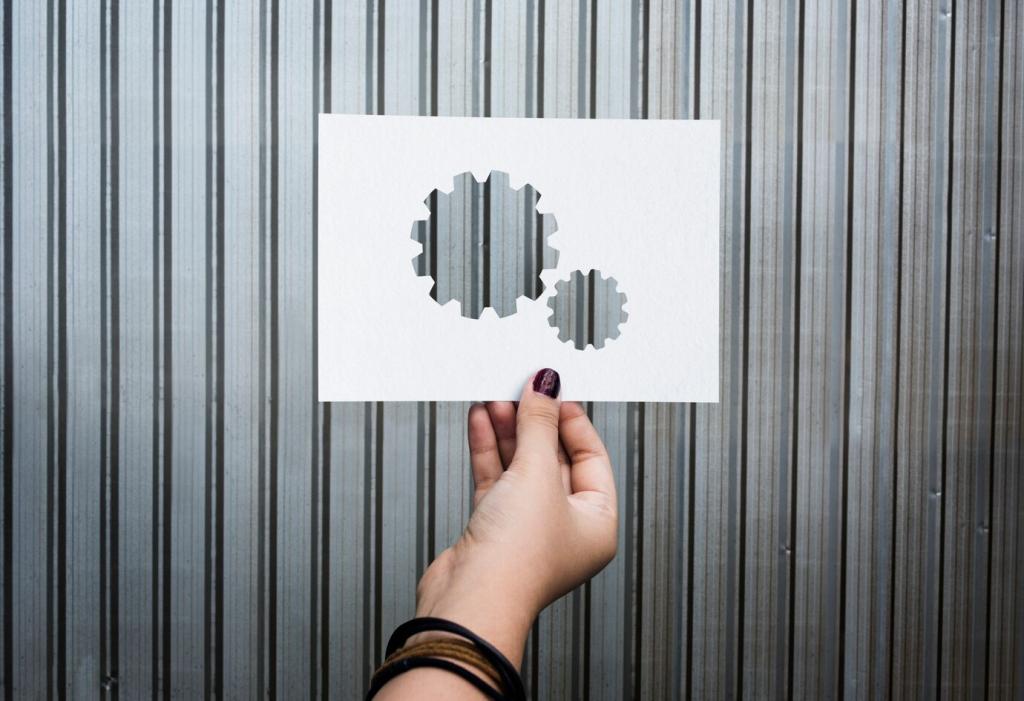Know Your Wood, Period, and Story
Maple shimmers, mahogany glows, and oak speaks through long rays. Learn to read pores, medullary rays, end grain, and color shifts so your restoration choices respect the furniture’s anatomy, history, and value. Share your mystery wood photos in the comments for community insights.
Know Your Wood, Period, and Story
Dovetails, drawbore pegs, and hand-cut mortises reveal when and how a piece was built. Tool marks and plane tracks whisper workshop habits. Understanding these clues helps you choose historically sympathetic adhesives and methods while avoiding repairs that erase authenticity.











